Thriving Farm: Growing Soybeans
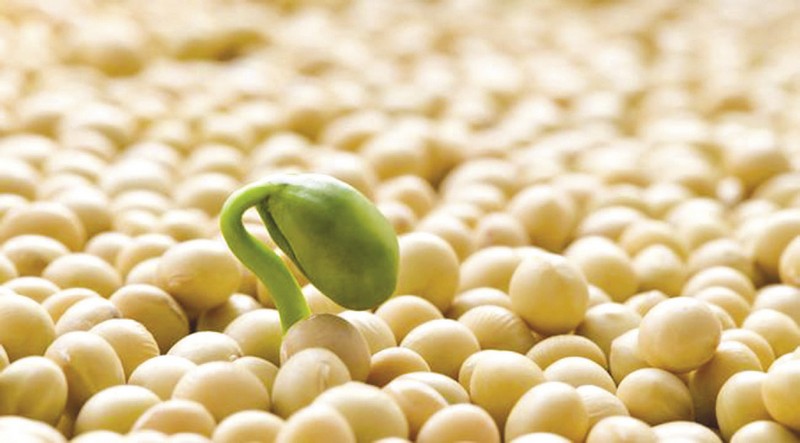
💡 Want more business insights? Stay ahead of the curve with our exclusive updates!
👉 Join our Telegram channel for daily business ideas and expert tips.
👉 Follow us on Facebook to never miss a trend or update!
Don’t just read—connect, grow, and innovate with us today!
Growth Stages and Ideal Conditions for Soybeans

Soybean growth can be divided into phases: from sowing to initial sprouting, emergence of first leaves, branch formation, flowering, pod development, and ripening. With favorable growth conditions, the first sprouts can be seen on the sixth to ninth day. To ensure optimal growth conditions, soybeans require adequate sunlight for quality growth, warmth (around 20-21 degrees Celsius depending on the growth phase), sufficient moisture, and they can tolerate drought during initial growth stages.
The best location to grow soybeans is a field with a balanced nutrient composition, free of harmful plants.
Cultivation Process
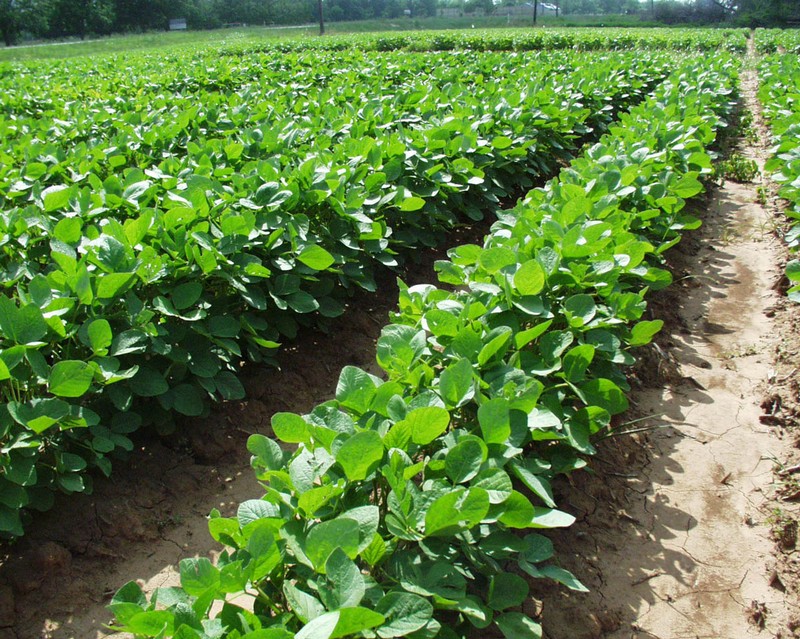
Prior to planting, the designated area should be prepared. In autumn, one to two plowings should be done, to a depth of eight to ten centimeters, and the necessary amount of fertilizers should be added. Crosswise to the plowing, harrowing of any kind should be done, and harrowing is carried out towards the end of winter. Uneven field surfaces can complicate harvest. The ridges and furrows should not exceed four centimeters in size.
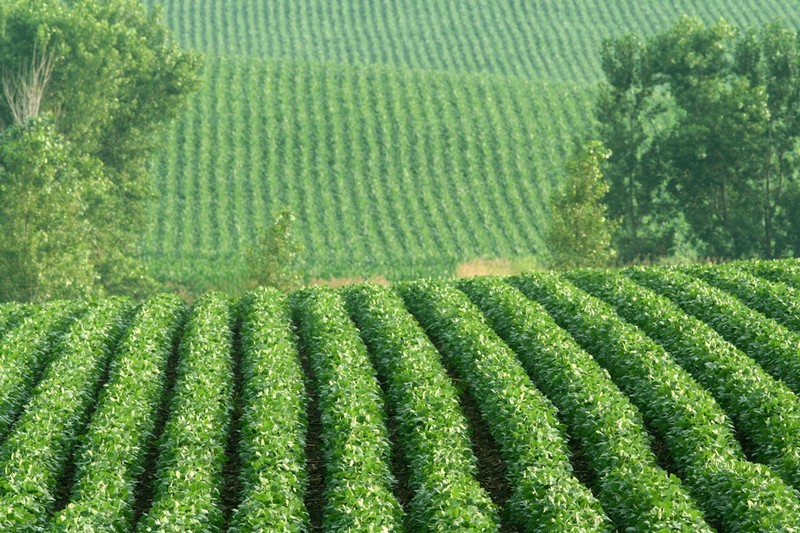
Seeds need to be prepared before planting. Specifically, seeds should undergo the rhizotorphine treatment during planting. Standard machinery may not be suitable for this process, as the size of rhizotorphine prevents it from passing through standard equipment filters and nozzles, making liquid application even more complex. Ammonium nitrate is also used by farmers to enrich the soil before planting. While it increases yields, it also raises costs.
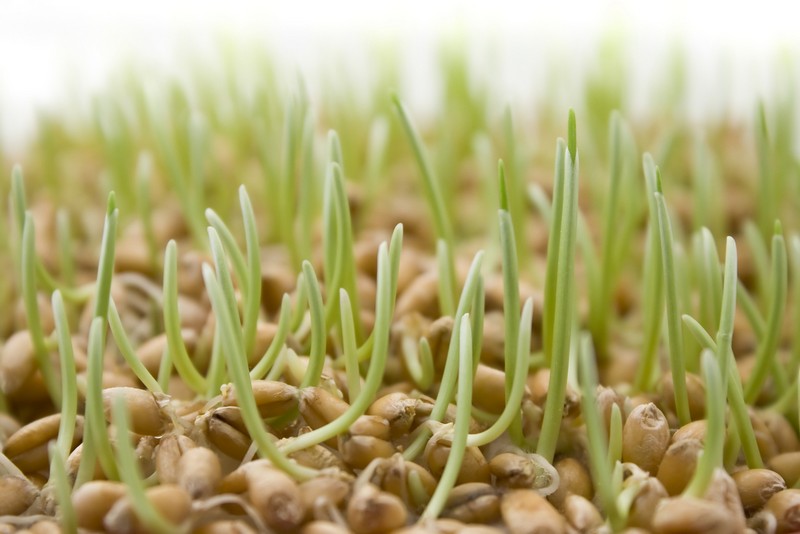
As a legume crop, soybeans are valuable for crop rotation. They thrive in areas where previous crops were grains. Suitable options include potatoes, beets, and corn. After other legumes, planting soybeans in the same area is not as effective. Following soybeans, it is recommended to plant crops like corn, fodder, winter crops, or vegetables. It is important to note that delaying soybean harvest can impact the ability to plant winter crops in some regions. Soybeans require significant nutrients, necessitating at least two years of rest for the soil after cultivation.
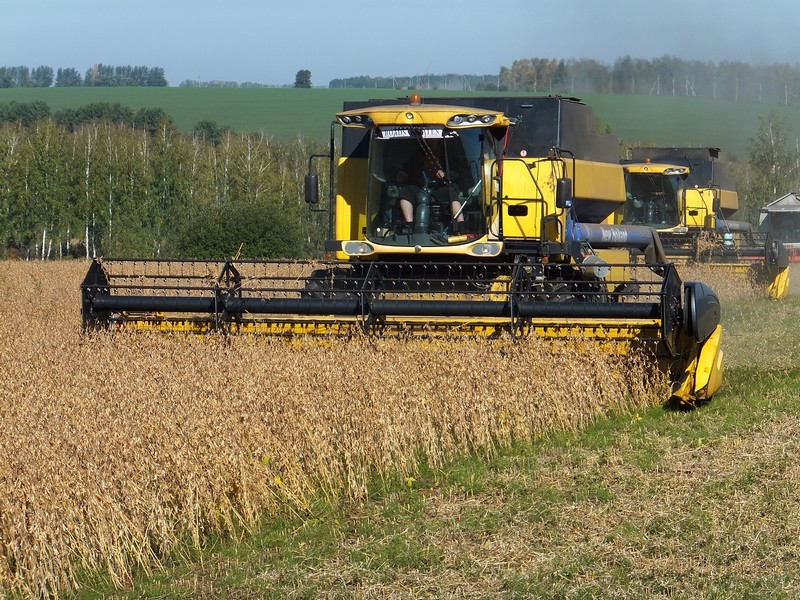
Experienced farmers highlight that planting and growing soybeans are just the beginning of challenges. Harvesting is the most complex part. To facilitate harvesting, combines are used. Soybeans are sensitive to harvesting timeliness; if not harvested within five days, the beans may drop. Harvesting soybeans within such a short timeframe on large fields is challenging, even with the right equipment. Losses during soybean harvest can be significant. During harvesting, attention must be paid to the plant stems to avoid damaging the combine drum.
To engage in soybean cultivation, one needs a planter, combine harvester, implements for harrowing and inoculation, and cultivators.
Impact of Terrain on Yield, Soybean Varieties
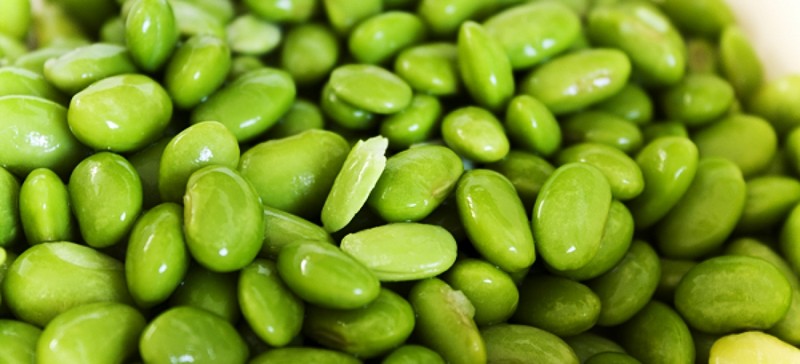
The geographical location where soybeans are grown depends on the plant variety. About 80% of soybean plantings in the US are located in the Midwest region. Varieties such as Pioneer 93B15, AG4934, and NK S24-D4 are commonly grown in these regions.
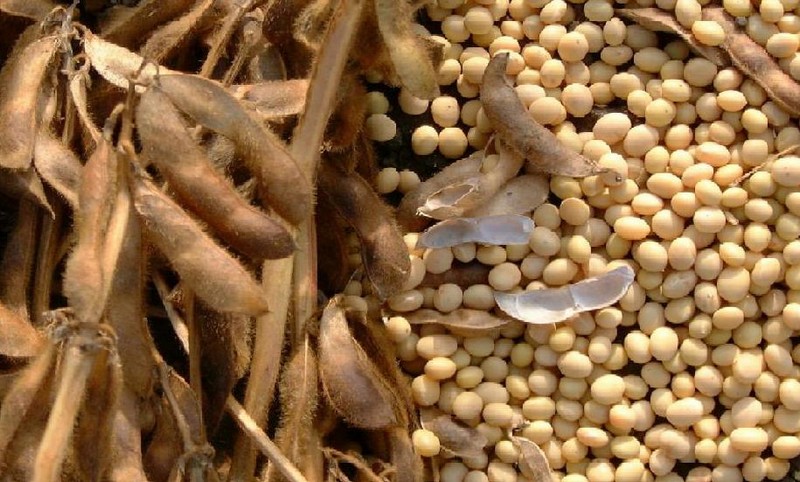
In optimal conditions, the highest yield can reach around 35-45 bushels per acre in the Midwest. In the Northern Plains, the yield is lower, around ten bushels per acre. While soybean yields are similar to wheat yields in this region, the higher protein content in soybeans makes them a more efficient crop to grow.
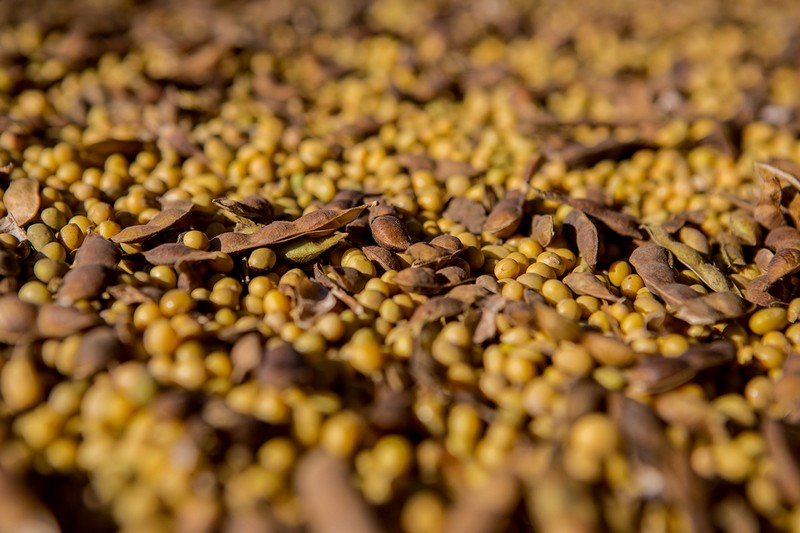
Soybean varieties differ not only in their climatic requirements but also in their intended use. They are categorized based on whether they will be used for soybean meal production or oil production.
The profitability of this business is around 20%. To increase this figure, it is suggested to engage in on-farm processing of beans into soy meat, which requires relatively inexpensive equipment and is highly effective.
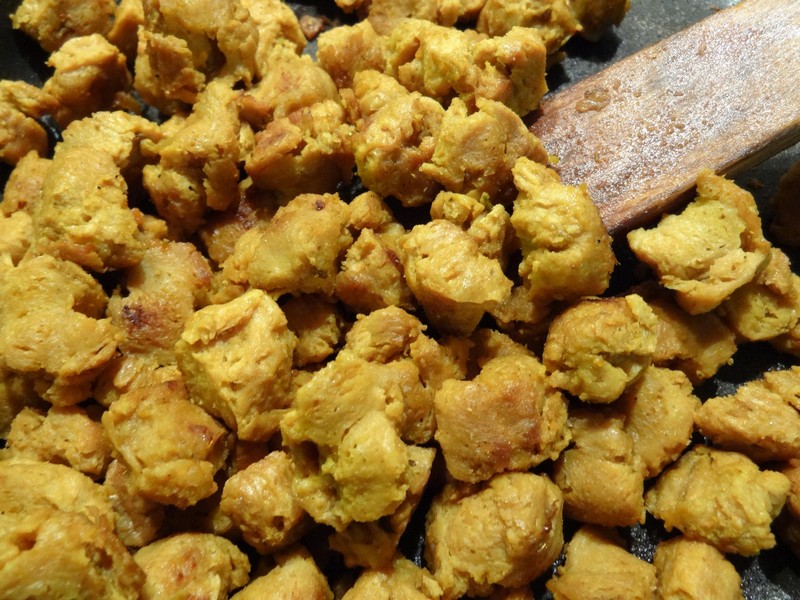
Discovered something new or interesting? Share it with friends on social media!
💡 Want more business insights? Stay ahead of the curve with our exclusive updates!
👉 Join our Telegram channel for daily business ideas and expert tips.
👉 Follow us on Facebook to never miss a trend or update!
Don’t just read—connect, grow, and innovate with us today!





































.jpeg)













Note: Comments are being moderated and may take a while to appear. There is no need to resubmit your comment.